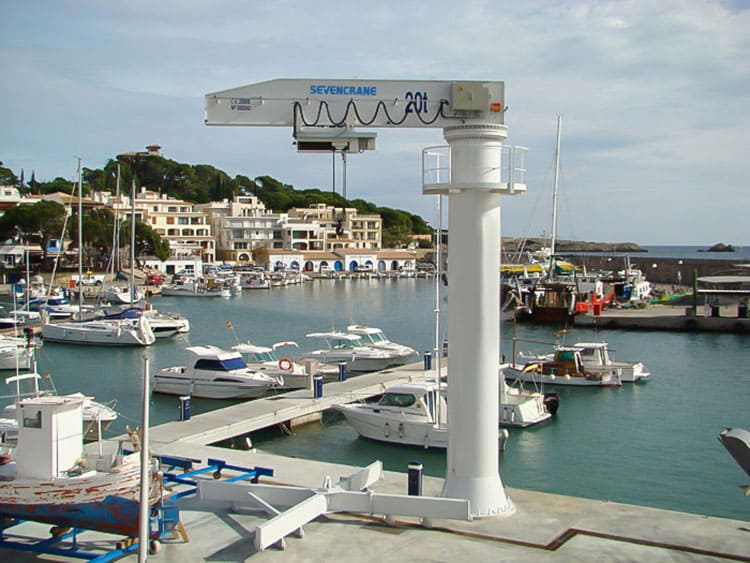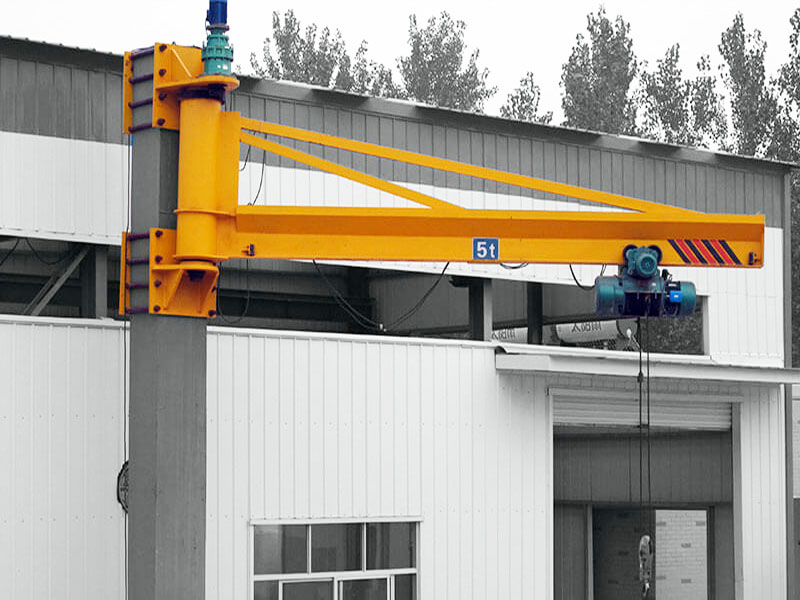Enhancing energy efficiency in jib cranes is essential for reducing operational costs while maintaining high performance. By optimizing energy use, businesses can significantly cut down on electricity consumption, reduce wear and tear on equipment, and improve overall efficiency.
Use Energy-Efficient Motors: Modern jib cranes can be equipped with energy-efficient motors, such as variable frequency drives (VFDs). These motors regulate the speed and power consumption of the crane based on the load, allowing for smooth starts and stops. This minimizes energy waste and reduces mechanical stress on the crane components, extending their lifespan.
Optimize Crane Usage: Running jib cranes only when necessary is a simple but effective way to save energy. Avoid running the crane when it's not in use, and ensure operators are trained to handle materials efficiently, minimizing unnecessary crane movements. Implementing planned workflows can help reduce idle time and increase the efficiency of crane operation.


Regular Maintenance: Proper and regular maintenance ensures that the jib crane operates at optimal efficiency. A well-maintained crane consumes less energy due to reduced friction in moving parts and more reliable electrical connections. Lubrication, timely replacement of worn parts, and periodic inspections help ensure the crane runs smoothly with minimal energy loss.
Leverage Regenerative Braking: Some advanced jib cranes are equipped with regenerative braking systems that capture energy produced during braking and feed it back into the system. This reduces energy consumption and recycles power that would otherwise be lost as heat, helping lower overall energy costs.
Workstation Design: Optimize the placement of jib cranes within the workspace to reduce the distance and time spent moving loads. Minimizing unnecessary travel for the crane not only saves energy but also boosts productivity by streamlining the material handling process.
In conclusion, implementing energy-efficient practices in jib cranes can lead to significant cost savings, reduced environmental impact, and extended equipment lifespan, ultimately contributing to more sustainable and cost-effective operations.
Post time: Sep-10-2024









